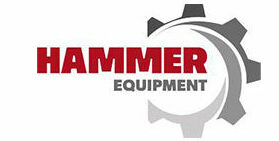During harvest, there is a huge amount of work to be done within a very short period of time. Because of the urgency, you may be tempted to take short cuts. However, a few extra minutes can make a big difference and help prevent unnecessary accidents. Here’s a harvest safety checklist to help ensure the safety of yourself and others this season.
Equipment Safety
Whether on the field or off, equipment can present many hazards to farmers during harvest if proper precautions aren’t taken.
- Turn equipment completely off before making repairs or adjustments.
- Don’t wear baggy clothing or jewelry near moving equipment.
- Never leave running equipment unattended.
- Always use safety glasses and noise protection around equipment.
- Take the time to tie down your cargo loads to make sure nothing falls off.
- Clean dirty headlights and tail lights before taking equipment on the road at night. Make it easier for other drivers to see you by using equipment flashers at night.
- Drive at speeds that ensure you maintain control of the equipment at all times.
Refueling Safety
Refueling is a task that feels so routine, it’s easy to forget about some of the dangers. Below are basic safety measures to take each time you’re at the pump.
- Don’t multitask — refueling is not the time to complete other chores or tasks.
- Stay close to the tank so you can act quickly if something goes awry.
- Avoid smoking and other open flames while refueling.
- Don’t overfill the fuel tank — 95 percent full is a good rule of thumb for all vehicle and container types.
- Turn off the engine completely and, if there’s a chance the equipment could roll, chock the wheels.
- Clean up any spills immediately.
Personal Safety
In addition to equipment and refueling safety, there are some steps you should take to ensure your own personal safety during the busy season.
- Take several breaks throughout the day to keep yourself alert.
- Get enough sleep — fatigue can easily lead to loss of focus.
- Avoid driving or operating complex machinery during the last couple hours of the work day, which is when you’re most vulnerable.
Staying safe during harvest can be straightforward using the above checklist as a guideline.





